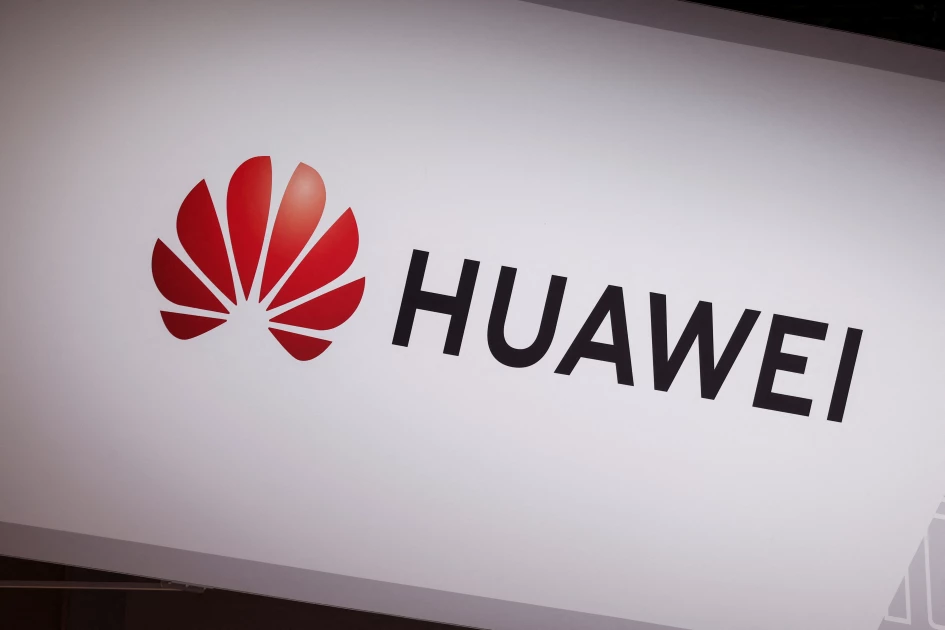sponsored content
Huawei launches Residential Luna 2.0 in Eastern Africa

A logo of Huawei Technologies. / REUTERS
Huawei,
the leading global provider of digital power products and solutions, on Tuesday
launched a new Smart PV Solution, Residential LUNA 2.0 into the Eastern Africa
market.
The
LUNA 2.0 is an upgrade of the previously launched LUNA 1.0 which has been
installed in thousands of residential homes and Small, Medium and Micro
Enterprises (SMME) offices across Eastern Africa.
Speaking
during the launch of the product, Oliver, CEO of Huawei Digital Power Eastern
Africa Region, noted that the energy industry has shifted from natural
resources to technological innovation, giving rise to rapid growth for the
solar industry.
“Over
its 25 years of operation in East Africa, Huawei has a deep understanding of
the region’s energy and technology requirements. We have launched Smart PV and
ESS solutions for all scenarios in the African residential market, in our
commitment to bring clean energy to every person, home, and organization.”
Additionally,
Olivier asserted that quality is the cornerstone of the rapid development of
the industry, pointing out that with the increase in sales and installations,
the importance of quality will become inescapable.
As
such, three aspects of quality should be prioritized namely; product quality,
delivery quality, and service quality.
According
to him, Huawei achieves product quality through product design and component
selection because the company believes that an end-to-end high-quality target
can only be achieved by building quality on processes.
Nick
Lusson, the Vice President of Huawei Digital Power Sub-Saharan Africa Region, delivered
a presentation on the unique features of the new product LUNA 2.0.
He
highlighted that the LUNA 2.0 has better aesthetic innovation, high
intelligence, active safety, and is extremely reliable.
“LUNA
2.0 is like a work of art in your home,” Nick remarked.
He
explained that the solution can be grouped into three categories depending on
the energy needs of the customer, namely: 5 kW with 5 kWh battery capacity, 5
kW with 10 kWh capacity, and 5 kW with 15 kWh.
In
addition to this, the system can be expanded from 5kWh to 30kWh to meet the specific
requirements of each customer.
The
LUNA 2.0 is a one-stop solution which offers stable and reliable power to
homes, offices and apartments.
Furthermore,
the solution supports seamless on-grid and off-grid switchover through the
SmartGuard, which prevents power interruption during power outages.
Luna
2.0 also has an elegant and sleek design – it has no fuse, no LCD, and no
buttons compared to other brands.
The
solar solution also has an intelligent monitoring and management system, which
helps to ensure less downtime and a better return on investment.
Lusson
said the solar solution is a one-stop solution, its inverter has
electromagnetic compatibility that meets national standards. Apart from that,
the solution has SmartDesign 2.0, an online tool that allows installers to
create a PV system with the 3D modelling function to provide a better
experience and spot business success.
Besides
LUNA, the other residential solution is iSitePower-M. ISitePower-M is an
all-in-one modular Smart String Energy Storage system, with multi-scenario
applications, such as apartments, business outlets, houses or villas.
Additionally,
Power-M is a hybrid power solution which integrates grid, solar, Diesel
Generator (DG) and battery. It is widely used in off-grid and unreliable grid
areas to provide reliable and stable power backup.
Power-M
has an integrated high-density design, ranging from 5kWh to 45kWh battery
configuration, flexible to meet different customer energy needs.
During
the event, Huawei Digital Power also released its residential partner policy,
true to its commitment to achieving mutually beneficial outcomes with partners
in an integrated ecosystem.
The
ecosystem partner policies are capability-driven, based on four measures,
‘PSEE’. Profitability: to secure the profitability of partners; Simplicity: to
simplify policies and processes for easier cooperation; Enablement: to improve
partner capabilities continuously; and Ecosystem: to invest in ecosystem
development.
All
in all, the event was a great success, having an attendance of over 80 people,
amongst them being PV installers and Huawei industry partners. Huawei remains
committed to continuous technology innovation and sustainability, enabling a
low-carbon smart society with clean energy.
Want to send us a story? SMS to 25170 or WhatsApp 0743570000 or Submit on Citizen Digital or email wananchi@royalmedia.co.ke
Comments
No comments yet.


Leave a Comment